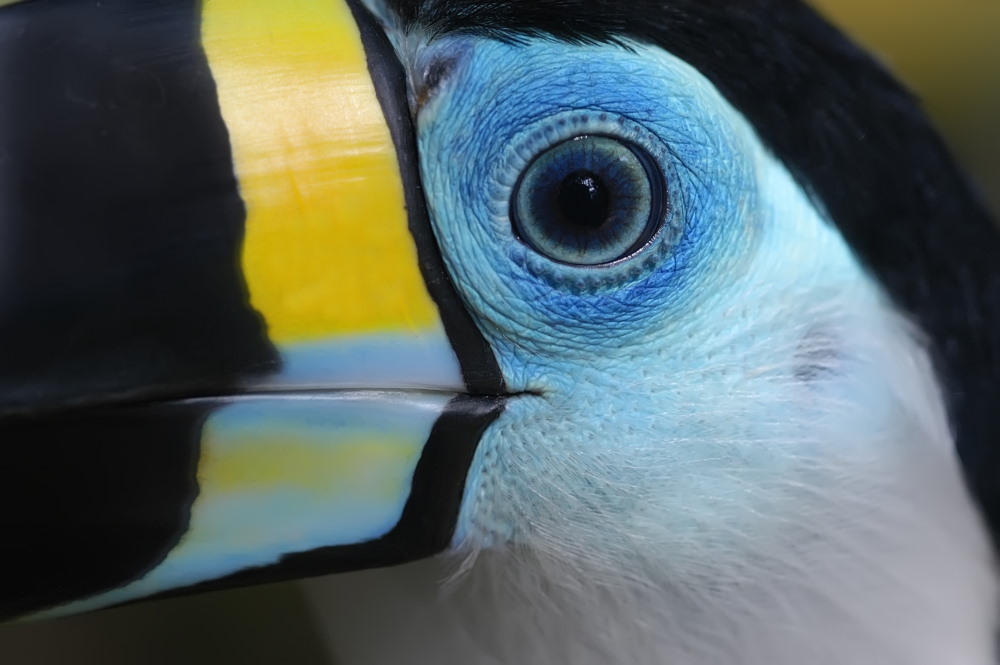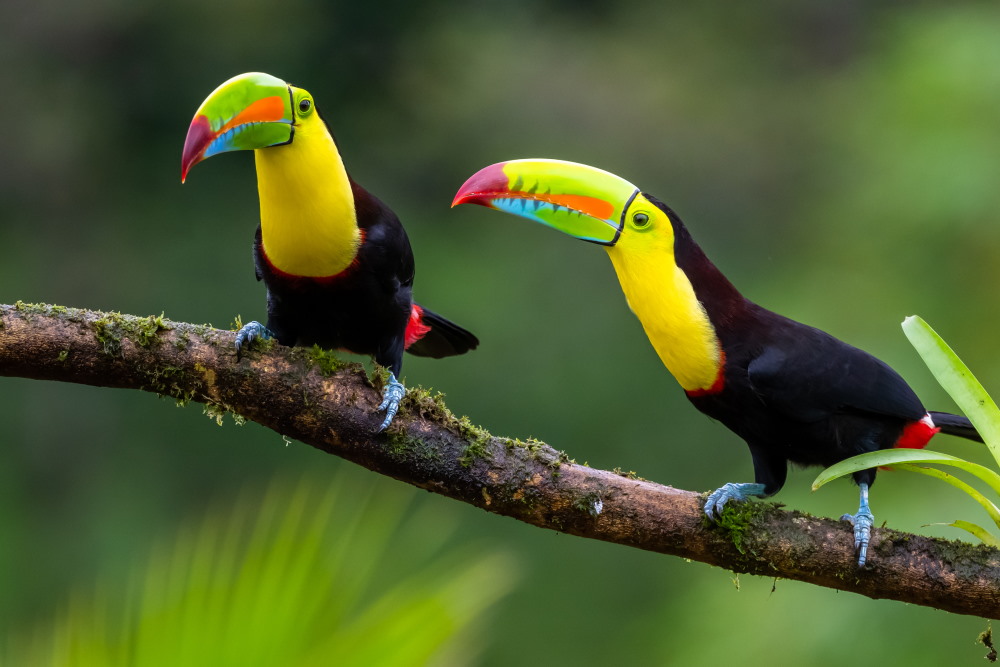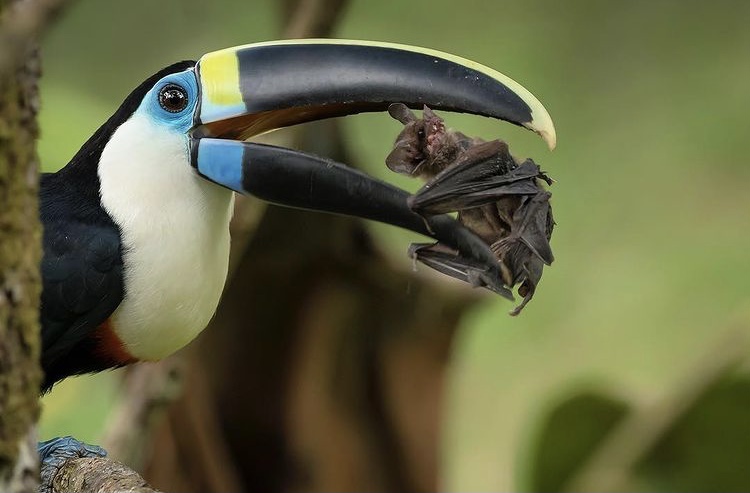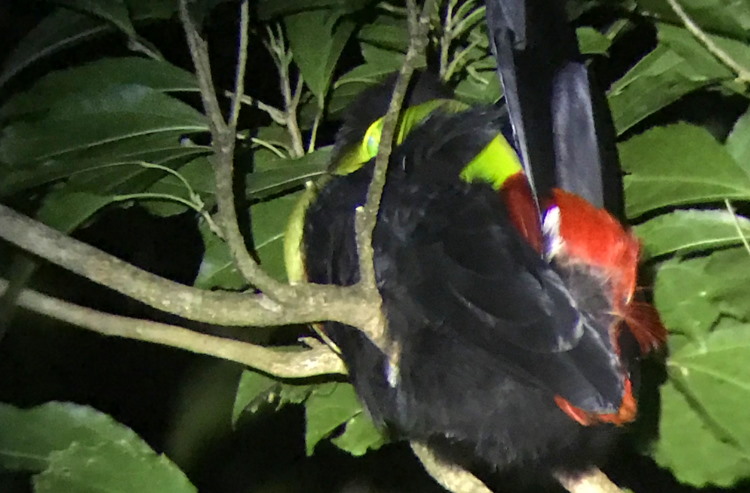
Toucans (Ramphastidae) are certainly among the most colorful birds in South America. 51 species and 5 genera belong to the order of woodpeckers, whose range extends from southern Mexico to northern Argentina.
Their most striking feature is the huge, but lightweight beak, which is serrated at the edge and magnificently colored. One of its functions is to control the bird’s heat balance by reducing or increasing the blood supply to the beak depending on the ambient temperature.
Most people assign the adjectives “graceful”, “sublime” or “magnificent” to animals. To tell the whole truth, it should be added that the large species of Ramphastos (11 in number) in particular are true predators.

Toucans (Ramphastidae) are certainly among the most colorful birds in South America. 51 species and 5 genera belong to the order of woodpeckers, whose range extends from southern Mexico to northern Argentina.
Their most striking feature is the huge, but lightweight beak, which is serrated at the edge and magnificently colored. One of its functions is to control the bird’s heat balance by reducing or increasing the blood supply to the beak depending on the ambient temperature.

Most people assign the adjectives “graceful”, “sublime” or “magnificent” to animals. To tell the whole truth, it should be added that the large species of Ramphastos (11 in number) in particular are true predators.
While it was long assumed that fruit was the toucans’ main food, it is now known that insects, reptiles, birds and their nests, as well as mammals, are on their menu. Photo source: White-breasted Toucan – Sebastian de Domenico

The birds then collect sympathy points again when they reproduce. Toucans live monogamously and nest in tree hollows in which 2-5 young birds grow up to be able to fly within six to nine weeks and can live up to 20 years. Both parents take part in the rearing of the chicks.
Sleeping toucans are also a special sight. We were lucky enough to spot one of these shuttlecocks on an expedition in Costa Rica. Admittedly, it took us a moment to identify the unusual construct as a toucan. Good to see in this photo.

There are around 8 different species in the areas protected with us (Costa Rica and Peru). Particularly colorful representatives are the white-breasted toucan in Peru and the fisher toucan in Costa Rica. They are considered particularly site-loyal and use the same breeding holes for generations. The felling of their breeding trees contributes significantly to the endangerment of the species.
Are you also fascinated by the colorful flutterers? Then help us to protect their habitat by preserving existing forests and creating new ones.
There are around 8 different species in the areas protected with us (Costa Rica and Peru). Particularly colorful representatives are the white-breasted toucan in Peru and the fisher toucan in Costa Rica. They are considered particularly site-loyal and use the same breeding holes for generations. The felling of their breeding trees contributes significantly to the endangerment of the species.

Are you also fascinated by the colorful flutterers? Then help us to protect their habitat by preserving existing forests and creating new ones.